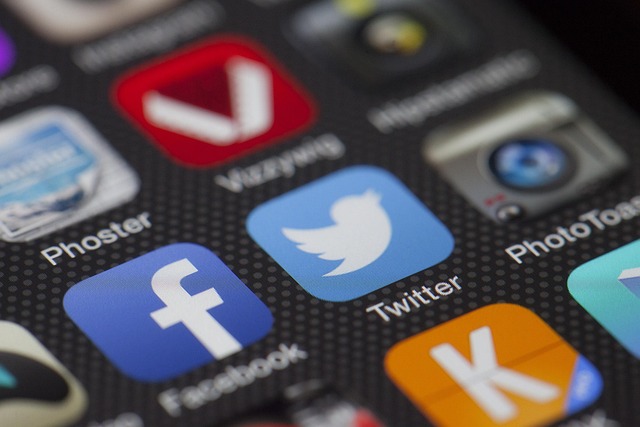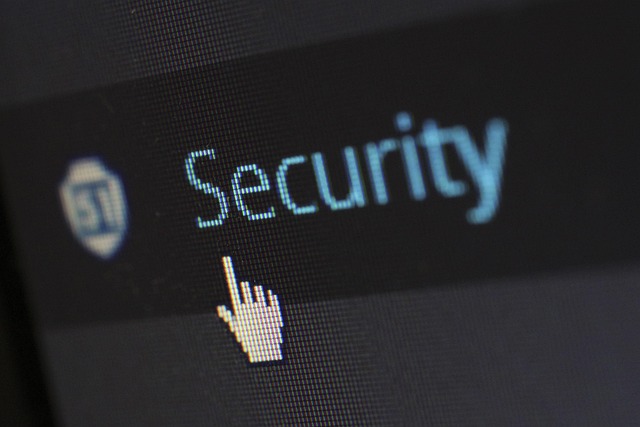In today’s fast-paced digital world, community accessibility has become not just a goal, but a necessity. The rise of technology etiquette plays a pivotal role in breaking barriers that historically marginalized individuals from being a part of various social spheres. As we navigate this rapidly evolving landscape, it is essential to recognize how our behaviors and practices surrounding technology can foster inclusivity and engagement within our communities.
Technology etiquette involves understanding and adhering to the social conventions which govern our interactions in the digital realm. This means being respectful and considerate while using communication platforms, social media, and even during virtual meetings. As influencers, we have a unique opportunity to set a positive example and advocate for a culture of respect that prioritizes community accessibility.
Social media provides a platform where everyone’s voice can be heard, but it is crucial that this platform is accessible to all. For many people, especially those with disabilities or those who may not have the same level of technological familiarity, navigating these platforms can be daunting. Thus, adopting and promoting technology etiquette—like using clear language, providing alternatives for those with hearing or visual impairments, and being patient in our communications—can significantly enhance the experience for all.
These practices create a more inviting and inclusive community, counteracting the exclusiveness that often permeates digital spaces. Emphasizing conscious communication, especially in influencer circles, aligns personal branding with broader principles of equity and respect. When we consciously choose our words and actions online, we not only improve our community’s accessibility but also reinforce a culture of understanding and empathy.
Social trends today reflect a collective shift towards valuing authenticity and inclusivity. Influencers who showcase their commitment to community accessibility resonate profoundly with audiences seeking genuine connections. The way we engage with content and communicate our messages can either dilute or amplify these social shifts. For instance, creators who provide subtitles in their videos cater to a wider audience, including those who are deaf or hard of hearing. Similarly, using alt text for images ensures that everyone gets the full experience of a post, regardless of their visual capabilities.
Furthermore, as technology continues to advance, we must remain vigilant about how new tools are integrated into our communities. The introduction of AI-driven technologies presents both opportunities and challenges. While they can enhance accessibility (for example, speech recognition software can assist those with mobility impairments), they can also pose new barriers if not designed with all users in mind. This is where technology etiquette comes into play—ensuring that innovations are tested and accessible before they reach the public sphere reinforces the idea that accessibility is a priority, not an afterthought.
As influencers in the digital space, we hold the power to drive these changes. Every post, story, and engagement becomes an opportunity to promote values that enhance community accessibility. By encouraging our audiences to be mindful of how they use technology and interact with others online, we can cultivate a spirit of inclusivity that transcends the digital divide. Through collective efforts, we can reshape the social norms of technology usage into ones that embrace everyone, fostering a more connected and engaged community.




